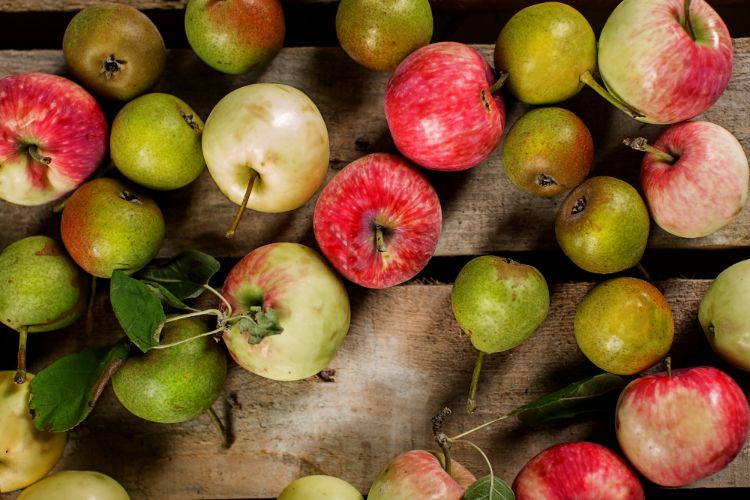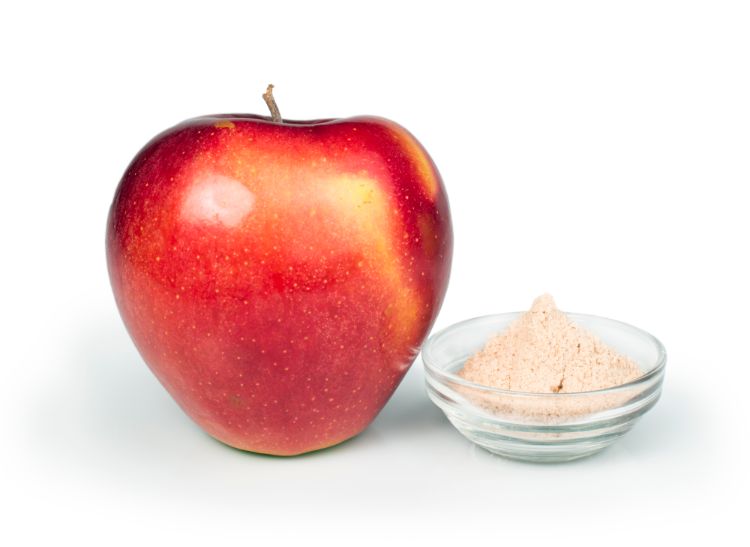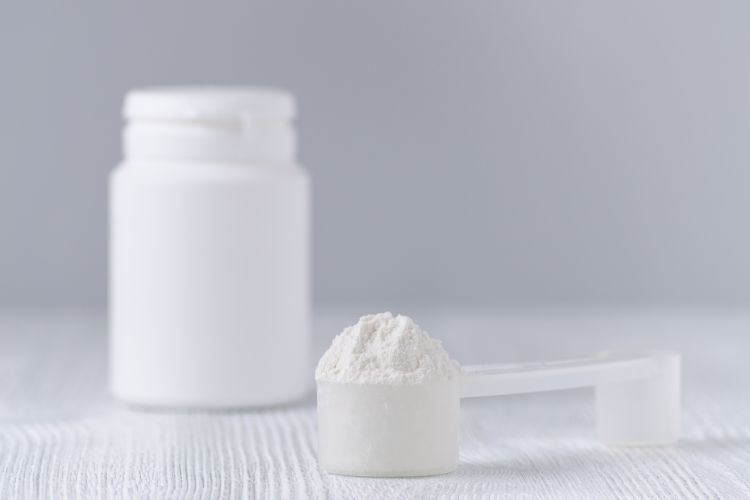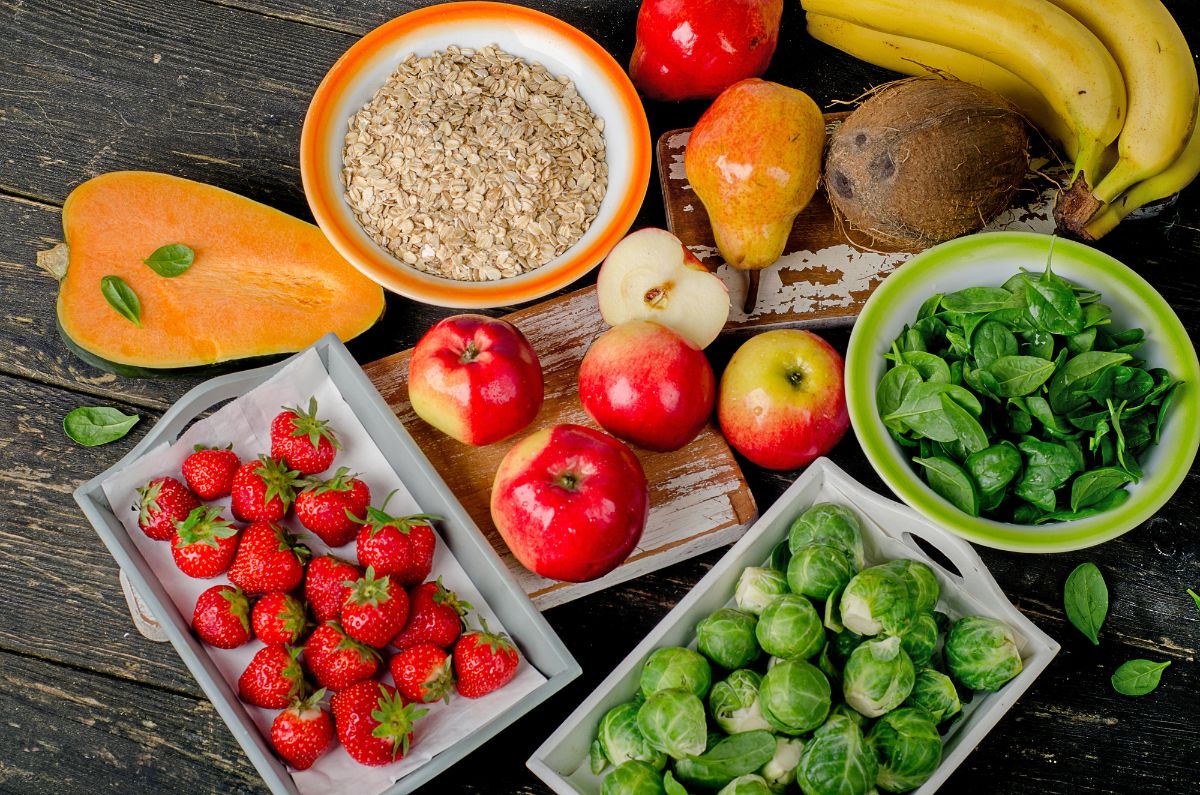7 facts about the benefits of starch for the body and possible harm
Starch is a special group of high–molecular carbohydrates, the main structural unit of which are alpha-glucose molecules. It is synthesized by most plants under the influence of sunlight.
Types of starch
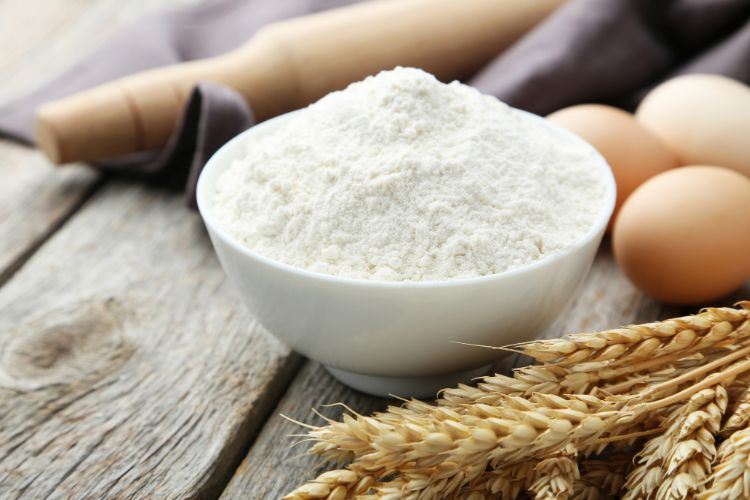
There are several varieties of starch that determine its biological significance for humans:
- Slow-digesting (amylose). Consists of a large number of glucose molecules (from 500 to 20,000). It is extremely difficult to split under the influence of digestive juices. Approximately 25% of the starch contained in plants is accounted for by amylose.
- Is rapidly digested (amylopectin). is a chain of several million glucose molecules that have a branched crystal structure. During digestion, this substance is rapidly destroyed and well absorbed. Amylopectin accounts for about 70% of all natural starch.
- Stable (resistant). Is delivered unchanged to the large intestine, where it is actively fermented bacterial flora. During its interaction with microorganisms, a huge amount of short-chain fatty acids is released, which provide energy nutrition to colonocytes and have a wide range of medicinal properties for the body.
The most useful kind is considered resistant starch . He Normalizes digestion , improves the health of the cardiovascular and endocrine systems, prevents the development of oncological diseases.
Scientists highlight several types of resistant starch that differ slightly in chemical composition:
- Type 1. Is found in large quantities in legumes and grain plants.
- Type 2. Available in separate starch-rich foods (unripe bananas, raw potatoes).
- Type 3. Is formed during heat treatment (heating and cooling) of rice or potatoes.
- Type 4. Is a starch created chemically (artificially).
Any food product may contain several varieties of starch. Depending on the cooking method, not only the amount of starch changes, but also its type, which is extremely important to take into account when observing a special diet.
7 useful properties
Resistant starch has a wide range of useful properties. Foods rich in this substance must necessarily be included in the diet, especially for people suffering from various pathologies of the digestive tract.
In this section, we will look at 7 proven facts about the benefits of starch for the body, and then discuss its possible harm.
1. Restores the intestinal microflora
 The human body is unable to ferment resistant starch, but microorganisms that constantly live in the lumen of the large intestine do an excellent job with this task. Resistant starch acts as a prebiotics
- serves as food for beneficial representatives of the microflora.
The human body is unable to ferment resistant starch, but microorganisms that constantly live in the lumen of the large intestine do an excellent job with this task. Resistant starch acts as a prebiotics
- serves as food for beneficial representatives of the microflora.
According to scientists from the UK , this type of dietary fiber significantly increases the number of bifidobacteria and lactobacilli. Against the background of consumption, there was an improvement in the absorption of nutrients and a decrease in the severity of chronic inflammation.
Also proven that the systematic presence of resistant starches in the intestinal lumen significantly increases the survival rate of beneficial bacterial cultures. As a result, an adequate course of digestive processes is maintained, the growth and reproduction of pathogenic representatives of the microflora are inhibited, and the risk of developing infectious, inflammatory and autoimmune diseases of the gastrointestinal tract is reduced.
During the interaction of dietary fiber microorganisms form a mass of valuable substances (gases, short-chain fatty acids (butyrate)) that are useful for the human body.
2. Reduces the risk of developing cancer
 The use of resistant starch is associated with a low risk of developing cancer of various parts of the intestine. The effect is realized due to the massive release of short-chain fatty acids, the main of which is butyrate.
The use of resistant starch is associated with a low risk of developing cancer of various parts of the intestine. The effect is realized due to the massive release of short-chain fatty acids, the main of which is butyrate.
This substance has a stimulating effect on the cells of the large intestine (improves metabolic processes in them), and additionally supports the number of friendly microorganisms.
As a result, there is a general decrease in the acidity of the contents of the digestive tube, and chronic inflammation in the intestinal wall is suppressed. Such changes prevent malignant transformation of cells.
German scientists have discovered that resistant starch is a potential means of preventing the development of malignant diseases.
American studies have revealed that with the constant use of products containing starch, oncological pathologies are less often diagnosed, in particular, one of the most common types of cancer – colorectal.
3. Reduces blood sugar levels
 Part of the short–chain cells that are released by the interaction of starch with microorganisms in the intestine are absorbed through the mucous membrane, freely entering the liver, and from there into the systemic circulation, where they realize a lot of positive effects, one of which is a decrease in blood sugar levels.
Part of the short–chain cells that are released by the interaction of starch with microorganisms in the intestine are absorbed through the mucous membrane, freely entering the liver, and from there into the systemic circulation, where they realize a lot of positive effects, one of which is a decrease in blood sugar levels.
Butyrate, as well as dietary biologically active additives with it, increase the sensitivity of muscle and adipose tissue cells to insulin, therefore, improve glucose utilization and reduce its concentration in blood plasma. This effect scientifically proven .
4. Improves intestinal health
 Resistant Starch good for the intestines
and helps to improve the general condition in various pathologies of the digestive system. It is effective against nonspecific ulcerative colitis (ulcerative colitis), Crohn's disease, constipation and diarrhea (accompanying a wide range of diseases), diverticulitis.
Resistant Starch good for the intestines
and helps to improve the general condition in various pathologies of the digestive system. It is effective against nonspecific ulcerative colitis (ulcerative colitis), Crohn's disease, constipation and diarrhea (accompanying a wide range of diseases), diverticulitis.
This type of dietary fiber, according to Australian experts , increases the ability of tissues to regenerate, accelerates the healing of any defects of the mucous membrane and deeper layers of the intestinal wall, which is extremely important for patients suffering from UC and Crohn's disease.
Starch also normalizes intestinal motor activity, which improves the course of diverticular disease and prevents the development of diverticulitis.
Action against constipation and diarrhea is associated with improved motor activity, increased absorption (up to standard values) of water and electrolytes.
5. Helps to lose weight

According to foreign scientists, butyrate, formed during the interaction of starch with microorganisms, contributes to the rapid development of a feeling of satiety, which persists for several hours (usually up to 4-6) from the moment of eating foods rich in resistant starch.
At the Pennington Biomedical Research Center demonstrated through animal experiments, butyrate leads to a decrease in food intake by about 10% and a decrease in body fat by 5.6% over 5 weeks of intake.
Experts from the USA claim that slow-digesting and sustainable dietary fiber significantly increases the production of satiety hormones: peptide YY, glucan-like peptide and leptin. These substances affect the hunger centers in the brain, leading to inhibition of their functional activity. Animal experiments have shown a marked decrease in body weight.
More about that, Why dietary fiber helps you lose weight , see in a separate article.
British scientists recommend constantly consume resistant starch in order to treat obesity and pre-obesity, as well as to prevent the development of metabolic syndrome.
6. Improves absorption of macro- and microelements
 As already mentioned, stable starch normalizes the course of digestive processes.
As already mentioned, stable starch normalizes the course of digestive processes.
According to foreign experts , it increases the bioavailability of calcium by 12.3%, phosphorus by 5.5%, iron by 11.6%, zinc by 4.4%.
French Studies also note an increase in the bioavailability of magnesium.
This feature of starches is extremely important for people living in poorly developed countries.
7. Reduces cholesterol levels
 Systematic addition of starch-resistant foods to the diet leads to reduction of total cholesterol
and normalization of its individual fractions (TAG, LDL, VLDL, HDL).
Systematic addition of starch-resistant foods to the diet leads to reduction of total cholesterol
and normalization of its individual fractions (TAG, LDL, VLDL, HDL).
According to Spanish scientists, dietary fiber is able to influence 9 genes responsible for cholesterol biosynthesis at once, inhibiting them.
Work in this direction is currently only underway, but positive results have already been recorded.
Where is it contained?
 Many products rich in resistant starch
. The leaders in terms of content are:
Many products rich in resistant starch
. The leaders in terms of content are:
- Potatoes;
- Fig;
- Pasta;
- Bread;
- Corn;
- All kinds of legumes;
- Starchy vegetables .
Possible harm
 Usually, there are no side effects when using products with starch in reasonable amounts. The group of the most frequently reported harmful properties includes:
Usually, there are no side effects when using products with starch in reasonable amounts. The group of the most frequently reported harmful properties includes:
- Inhibition of iodine absorption. Development is possible chronic fatigue , drowsiness, decreased general immunity due to thyroid dysfunction.
- Formation of fecal stones. They, in turn, violate the act of defecation, contribute to the formation of constipation and intoxication with decay products.
- Increased gas formation in the intestinal lumen. Externally manifested by bloating and increased discharge of gases.
- Reduces the absorption of protein substances. It is not recommended to eat foods rich in resistant starch together with meat and other proteins.
Conclusion
Thus, the consumption of sustainable starch is extremely beneficial for health. Most of the positive effects are realized due to the formation of butyrate during the interaction of starch with representatives of the bacterial flora of the intestine.
It helps to suppress chronic inflammation and prevent a number of intestinal diseases, reduces the risk of mortality from cardiovascular (atherosclerosis) and endocrine (type II diabetes mellitus, obesity) pathologies.
With moderate addition to the diet, resistant starch is well tolerated by the body, no side effects are noted.
